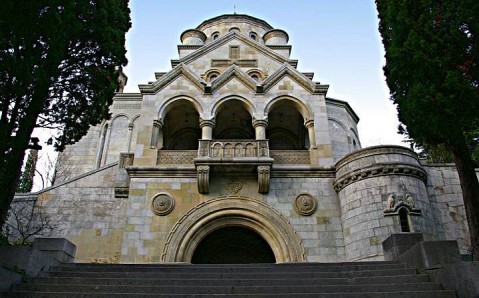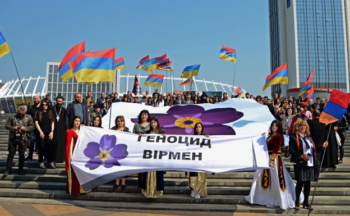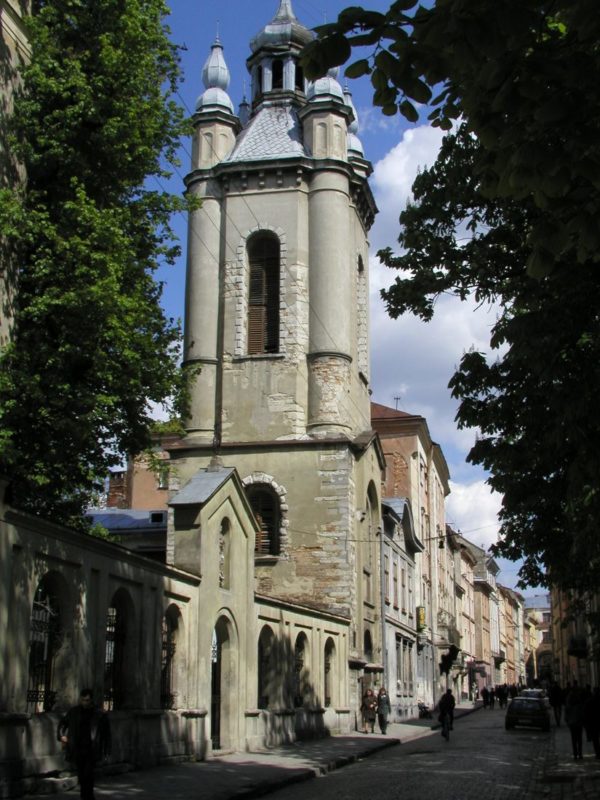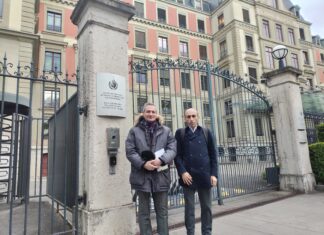MAHWAH, N.J. — According to the official Ukrainian census, 99,894 Armenians were permanently settled in Ukraine in 2001, not counting the large number of workers coming from Armenia and other republics to earn their livelihood. As a result of the precarious political situation in the Caucasus region in the post-Soviet period, the country’s Armenian population has almost doubled by now, again not including a very large number of temporary Armenian immigrant laborers. Today, the Armenians of Ukraine compose the fifth largest Armenian diaspora community in the world.
Historical Overview
Armenians were first mentioned in Ukraine during the Kievan Rus period. In the tenth century, individual Armenian merchants and craftsmen worked in the palaces of various Ruthenian princes. However, large numbers of Armenian immigrants fled the Seljuk invasions and settled in southwestern Ukraine in the 11th century after the fall of the capital Ani, generally in the areas of Caffa (Feodosia), Sudak and Solkat in the Crimean peninsula. As a result, the peninsula began to be called Arminia Maritima [Maritime Armenia]. This number is recorded as having increased in the 12th-15th centuries after the conquest of the Mongol tribes. A smaller number of Armenian immigrants settled in central Ukraine, including Kiev, as well as in the western part of the country, near Potolia and Kalijina, near the city of Lviv, which in 1267 became the headquarters of the Armenian Church.
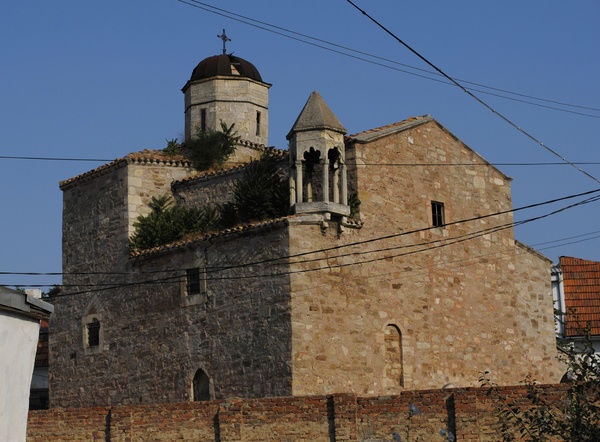
At the end of the 13th century, when the Armenian population migrated from the Crimea to the Polish-Ukrainian border, it brought with it the Armeno-Kipchak language, which until the 16th and 17th centuries was used within the Armenian communities of Lviv and Kamianets-Potilsk, which today is called Ukraine.
After the fall of Crimea to Ottoman Turkey in 1475, the Armenians of Crimea again took up the staff of exile and left Crimea, settling in the northwest of the country, where there was already a flourishing national life. The community gradually became integrated into the local Polish population, while maintaining the Armenian Catholic Church.
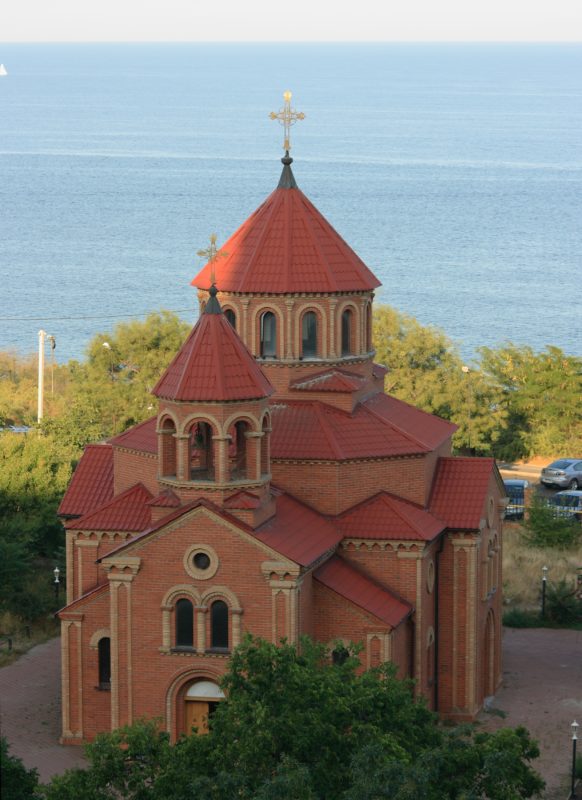
In the 14th century, Crimea fell under the influence of the Russian Empire, which encouraged the Crimean Armenians to settle in Russia. and large numbers of Armenians moved to Rostov-on-Don. Twenty years later, the Russians occupied the peninsula and a large number of new immigrant Turkish-Armenians settled there and formed new colonies.
